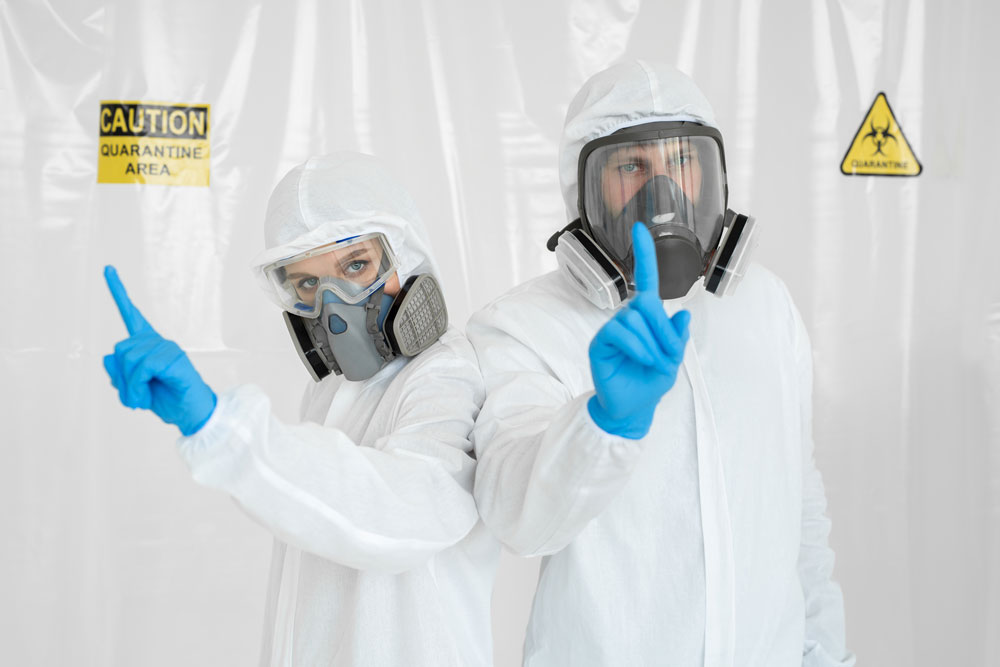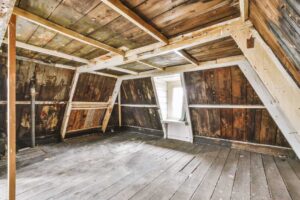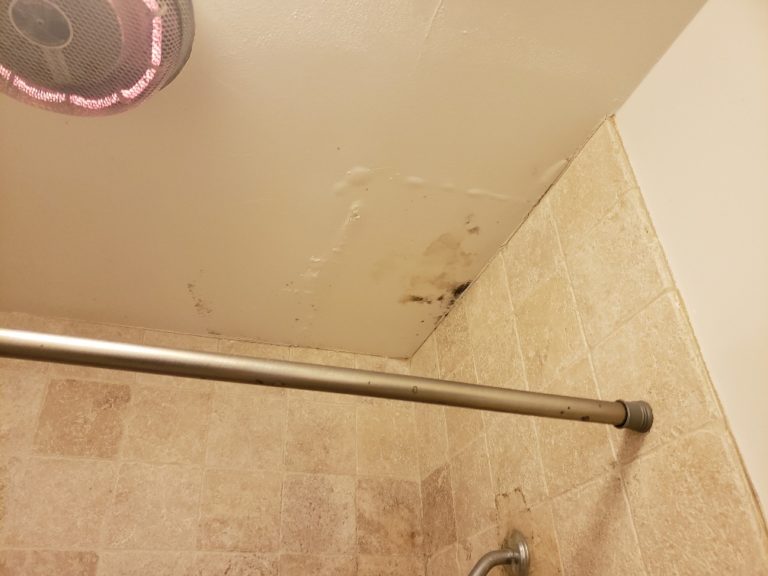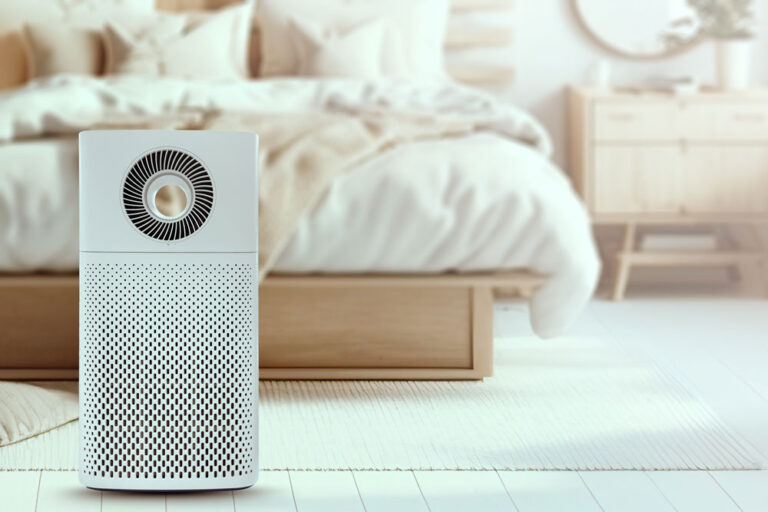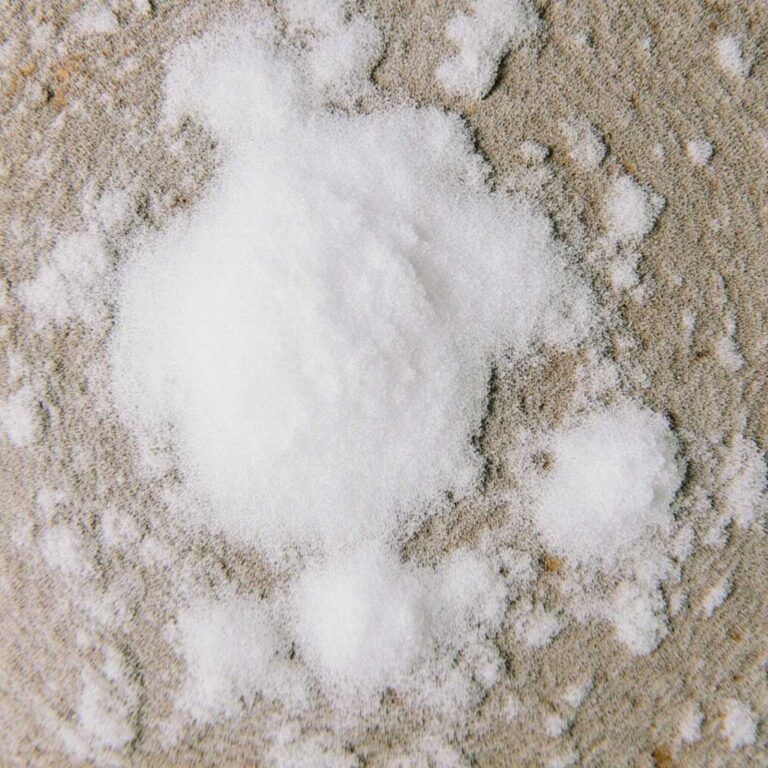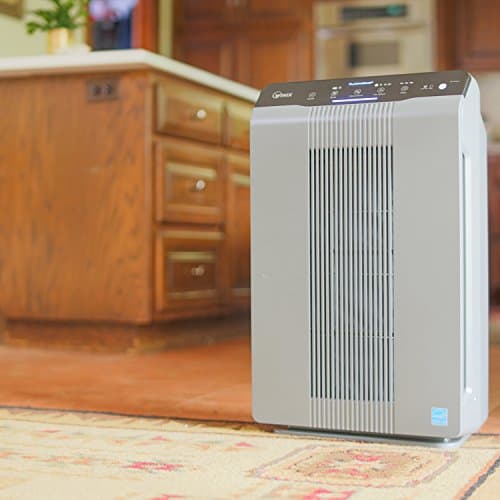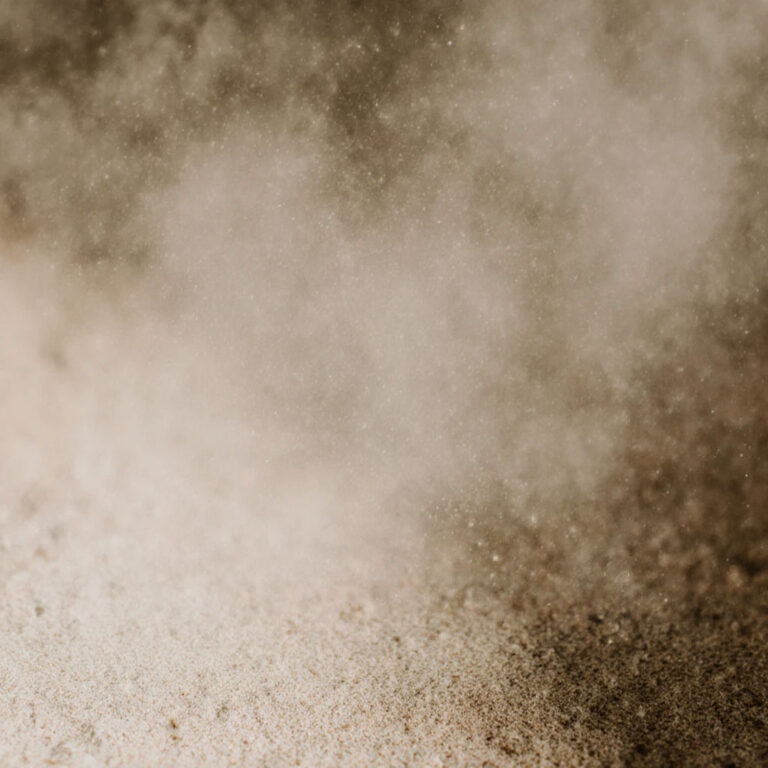Mold remediation is a critical step in restoring your home’s safety and livability, but rushing back into the space immediately after the work is done may not be the wisest choice. Even after the visible mold is gone, airborne spores, residual moisture, or hidden mold pockets can linger, potentially putting your health and home at risk.
The Importance of Timing in Post Mold Remediation Return
Several factors influence how long you should wait before returning:
- Extent of the Mold Infestation: Larger mold issues may require more time for proper cleaning and air quality stabilization.
- Moisture Resolution: Ensuring the source of moisture is fully addressed is crucial to prevent mold regrowth.
- Air Quality Testing: Post mold remediation air testing ensures mold spore levels are safe for occupancy.
- Individual Health Sensitivities: People with allergies, asthma, or compromised immune systems may need extra precautions or more time before reentry.
This waiting period is not just about precaution; it’s about ensuring that the remediation process has fully addressed all mold-related issues and created a safe environment for your return. That’s why the post-remediation inspection is a critical first step.
Post-Remediation Inspection: The First Step to Safety
Before you pack your bags and head back home, a qualified professional should conduct a post-remediation inspection. This process is more than just a casual walk-through; it involves a meticulous examination to confirm:
- Visual Mold Clearance: All visible signs of mold have been effectively removed.
- Moisture Check: Any areas previously impacted by moisture are completely dry to prevent regrowth.
- Hidden Mold Verification: Ensures there are no hidden colonies behind walls, under flooring, or in other concealed areas.
This inspection acts as the first checkpoint in guaranteeing that the remediation was thorough and successful. Without it, you risk moving back into a home that may still harbor mold risks.
Post Mold Remediation Testing: Science-Based Assurance
Even with a thorough inspection completed, the question remains: is your home truly safe to return to? That’s where post remediation mold testing comes in. This step involves collecting air and surface samples to scientifically verify that mold spore levels have returned to acceptable, safe limits.
Why Is Mold Testing Important?
- Invisible Threats: Mold spores are microscopic and can remain airborne long after visible mold has been removed. Testing ensures these hidden spores don’t pose a health risk.
- Baseline Comparison: Results are compared to outdoor air quality and pre-remediation conditions, providing clear evidence of improvement.
- Health Safeguards: Ensures the home environment is safe, especially for individuals with mold sensitivities, asthma, or weakened immune systems.
What Happens During Testing?
A mold remediation specialist will:
- Collect Air Samples: Measure mold spore concentrations in the air.
- Take Surface Swabs: Check for residual spores on walls, floors, and other surfaces.
- Analyze Results: Provide a detailed report to confirm whether the home meets safety standards.
This step not only offers peace of mind but also provides a professional certification that remediation has been successful.
Post Mold Remediation Cleaning: The Final Touch for a Mold-Free Home
Even with mold spore levels within safe limits, a final cleaning ensures that every trace of mold is removed from your home’s surfaces. This step is particularly important for eliminating any residual spores that may have settled during the remediation process.
Key Cleaning Steps:
- Thorough Surface Cleaning to Prevent Recontamination: Use appropriate cleaning agents on walls, floors, ceilings, and furniture.
- Air Purification: High-efficiency particulate air (HEPA) filtration systems can help remove remaining airborne spores to enhance air quality.
- Protective Equipment: Personal protective equipment (PPE), such as gloves and masks, is essential to prevent exposure during cleaning.
By combining mold testing and cleaning, you’re addressing not just the visible signs of mold but also the invisible risks that could compromise your health and safety.
Air Quality Monitoring: Breathing Easy Again
After remediation, maintaining safe air quality is essential to ensure your home is truly ready for reoccupation. Elevated mold spore levels, even if invisible, can pose significant health risks, particularly for individuals with allergies, asthma, or other sensitivities.
Steps for Air Quality Monitoring:
- Use Air Quality Sensors: Professionals use specialized equipment to measure mold spore concentrations in the air.
- HEPA Filtration: Employ high-efficiency particulate air filters to trap any lingering spores and improve air purity.
- Ventilation Check: Ensure proper airflow and ventilation systems are in place to discourage spore buildup.
Addressing Underlying Moisture Issues: Rooting Out the Cause
One of the most critical steps post mold remediation is identifying and resolving the source of the moisture that allowed mold to thrive in the first place. Without tackling this root cause, mold is likely to return.
Common Sources of Moisture:
- Leaky Pipes or Roofs: Find and fix hidden leaks because they can create the perfect breeding ground for mold.
- Poor Ventilation: Install exhaust fans or dehumidifiers in bathrooms, basements, kitchens, and other high-moisture areas.
- Foundation or Wall Cracks: Patch foundation cracks or gaps in walls to block moisture entry.
Clearance Certification: The Green Light to Return
Before you and your family reoccupy your home, it’s vital to obtain clearance certification from the remediation company. This report acts as a formal declaration that the property is safe and free from mold-related hazards.
What Is Included in Clearance Certification?
- Inspection Results: Evidence of successful mold removal.
- Testing Data: Air and surface sample results showing acceptable mold spore levels.
- Final Approval: Confirmation that all remediation steps were completed according to industry standards.
- Legal Documentation: Useful for property records, rentals, or resale purposes.
With clearance certification in hand, you can confidently move back into your home, knowing it is mold-free and ready for living.
Personal Health Considerations: Putting Safety First
Even when your home is declared mold-free, your unique health situation should guide your decision about returning. Mold exposure can have varying effects, and those with underlying conditions may need additional precautions.
Who Should Be Cautious?
- Immunocompromised Individuals and Individuals with Allergies or Asthma: Mold spores, even in small amounts, can trigger respiratory issues or allergic reactions.
- Young Children and Elderly Residents: These groups may be more sensitive to poor air quality and mold exposure.
To be safe, it’s advisable to delay return or consult a healthcare provider before returning.
Common Questions About Post-Mold Remediation
1. How long should I wait before returning home after mold remediation?
The timeline depends on the severity of the mold issue and the remediation process. Typically, you should wait until inspections, testing, and cleaning are complete, and clearance certification is obtained.
2. What is the purpose of post mold remediation testing?
Post-remediation testing confirms that mold spore levels in the air and on surfaces are within safe limits.
3. How can I ensure mold won’t return after remediation?
Address the root cause, such as moisture issues, improve ventilation, and maintain regular cleaning to prevent mold regrowth.
4. Is post mold remediation cleaning always necessary?
Yes. Even after remediation, residual spores may remain. Cleaning ensures these spores are removed.
5. What should I do if I or my family members are sensitive to mold?
Consult with a healthcare provider before returning. Additional precautions, such as extended air purification or delaying reentry, may be necessary.
6. Can I skip clearance certification?
While not mandatory, clearance certification provides professional assurance that your home meets safety standards.
Returning Home Safely and Confidently
Mold remediation is more than a process—it’s a commitment to restoring the safety, health, and comfort of your home. However, the journey doesn’t end with the removal of visible mold. To ensure your home is truly safe, you must take the necessary post-remediation steps. If you’re navigating a mold remediation process or need professional assistance, consult certified experts to guide you every step of the way.


